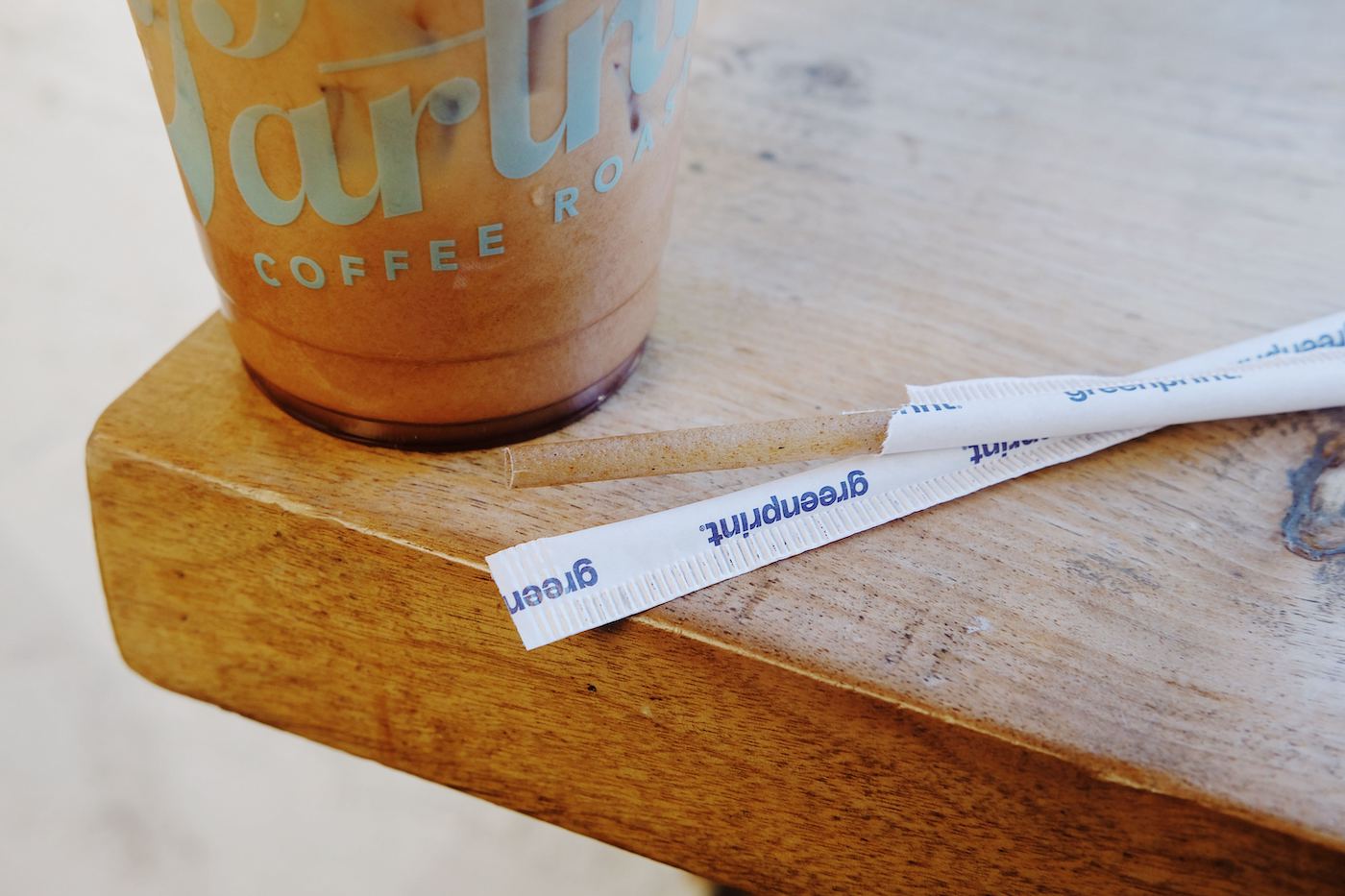As a visitor to Gahahe, you'd be lucky to land in the city of Bujumbura in the hours just before sundown. The international airport lies in a sunbaked plain along the northern shore of Lake Tanganyika—from there, it's around two hours by car to Kayanza, where some of the country's best coffees are grown. In the rearview you'll see glimpses of the city, the lake, and the Democratic Republic of the Congo in the distance; on the dim roadside, frequent tiny junctions alive with commotion; and on the horizon, innumerable stars and galaxies. The reward is then to arrive at Gahahe, your surroundings pitchblack save for taillights carrying the last of the day's coffee deliveries. The washing station is just off the road, and seeing it at night is something magical.
Return in the daytime, and what you'll see is a very modest washing station. The main building is little more than a reception area, a chain-driven depulper, and a half dozen concrete fermentation tanks. Uphill from the station is one of the region's famous red clay brickyards, and downhill, twenty-something rows of simple, rustic drying tables constructed of wood and chicken wire.
Burundi began to focus on specialty coffee production in 2008 while rebuilding an economy devastated by civil war. In the years following bureaucracy has imposed some of the most significant constraints on quality and traceability. Otherwise, the conditions here are excellent for coffee production. Nearly 100% of the coffee cultivated is heirloom red bourbon, and the weather is generally favorable for washed and natural process coffees alike.
The farms here are incredibly small—a hectare or two at most with an average of only 250 coffee plants. Coffee will ripen gradually throughout the harvest, so what you'll see is farmers making frequent, tiny deliveries, either carried by hand or balanced on the seat of a bicycle. A single lot will represent the collective work of an entire community.
When producers deliver coffee to Gahahe, it is floated in water to spot check for density, then weighed and added to a reception tank. Once enough coffee has been collected, it is depulped and mechanically sorted into higher and lower densities. The more desirable, higher density coffee is moved to a fermentation tank and fermented without the addition of water for 10-12 hours. Next, clean water is added and fermentation continues underwater for another 14-16 hours.
Once the fermentation stage is complete, coffee is moved to a series of graduated channels where the coffee is washed in clean water to remove any remaining mucilage. These channels serve a valuable purpose in that they once again separate the coffee by density—in each section, the densest coffee sinks, and the least dense coffee floats over the slats into the next channel. This simple but effective system produces coffee of five different quality tiers, everything from the most immaculate specialty lots to the more generic commercial qualities.
With processing complete, the resulting parchment coffee is moved to drying tables. With good weather, two weeks of drying time is typical, but in poor conditions it can take four weeks. In the event of rain, each table is equipped with a yellow tarp designed to protect the coffee without absorbing too much sunlight. The mesh underside of each table allows the coffee to receive airflow even when covered.
Over 80% of the coffee trees in Burundi are over 30 years old. Older trees are usually less productive, but stumping or replanting is usually prohibitively expensive on plots that are already so small. To help farmers rejuvenate old roostock, our importing partners for this coffee, Sucafina, have collaborated with the Swiss Agency for Development Cooperation to provide a stipend to 4,000 farmers in Burundi for 155,000 trees taken out of production this year and next. They are also providing training on pruning, proper input application, and transitioning to intercropping to incentivize diversification in other food and cash crops.
Burundi's crop cycle is cyclical, and while yields were smaller this year, quality has remained excellent. We're thrilled to share Gahahe's coffee with you again.
Return in the daytime, and what you'll see is a very modest washing station. The main building is little more than a reception area, a chain-driven depulper, and a half dozen concrete fermentation tanks. Uphill from the station is one of the region's famous red clay brickyards, and downhill, twenty-something rows of simple, rustic drying tables constructed of wood and chicken wire.
Burundi began to focus on specialty coffee production in 2008 while rebuilding an economy devastated by civil war. In the years following bureaucracy has imposed some of the most significant constraints on quality and traceability. Otherwise, the conditions here are excellent for coffee production. Nearly 100% of the coffee cultivated is heirloom red bourbon, and the weather is generally favorable for washed and natural process coffees alike.
The farms here are incredibly small—a hectare or two at most with an average of only 250 coffee plants. Coffee will ripen gradually throughout the harvest, so what you'll see is farmers making frequent, tiny deliveries, either carried by hand or balanced on the seat of a bicycle. A single lot will represent the collective work of an entire community.
When producers deliver coffee to Gahahe, it is floated in water to spot check for density, then weighed and added to a reception tank. Once enough coffee has been collected, it is depulped and mechanically sorted into higher and lower densities. The more desirable, higher density coffee is moved to a fermentation tank and fermented without the addition of water for 10-12 hours. Next, clean water is added and fermentation continues underwater for another 14-16 hours.
Once the fermentation stage is complete, coffee is moved to a series of graduated channels where the coffee is washed in clean water to remove any remaining mucilage. These channels serve a valuable purpose in that they once again separate the coffee by density—in each section, the densest coffee sinks, and the least dense coffee floats over the slats into the next channel. This simple but effective system produces coffee of five different quality tiers, everything from the most immaculate specialty lots to the more generic commercial qualities.
With processing complete, the resulting parchment coffee is moved to drying tables. With good weather, two weeks of drying time is typical, but in poor conditions it can take four weeks. In the event of rain, each table is equipped with a yellow tarp designed to protect the coffee without absorbing too much sunlight. The mesh underside of each table allows the coffee to receive airflow even when covered.
Over 80% of the coffee trees in Burundi are over 30 years old. Older trees are usually less productive, but stumping or replanting is usually prohibitively expensive on plots that are already so small. To help farmers rejuvenate old roostock, our importing partners for this coffee, Sucafina, have collaborated with the Swiss Agency for Development Cooperation to provide a stipend to 4,000 farmers in Burundi for 155,000 trees taken out of production this year and next. They are also providing training on pruning, proper input application, and transitioning to intercropping to incentivize diversification in other food and cash crops.
Burundi's crop cycle is cyclical, and while yields were smaller this year, quality has remained excellent. We're thrilled to share Gahahe's coffee with you again.






Leave a comment
This site is protected by reCAPTCHA and the Google Privacy Policy and Terms of Service apply.